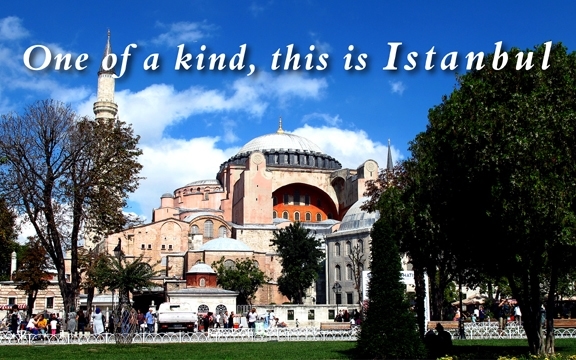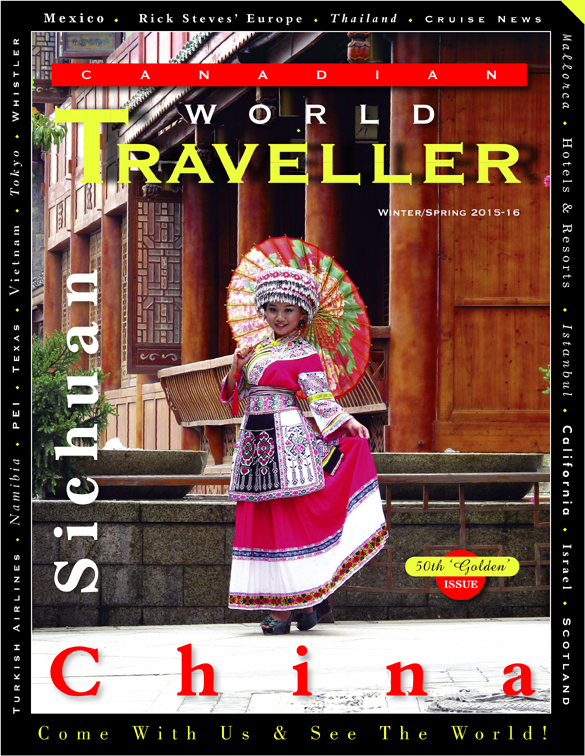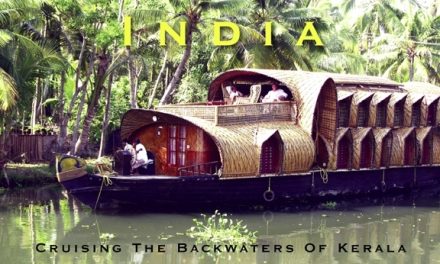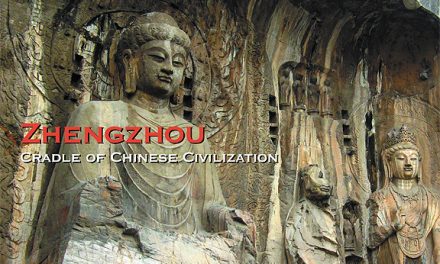Turkey
One of a kind, this is Istanbul
Article & Photography by Michael Morcos

Istanbul is an ancient city that reflects the cultural influences of the many empires that have ruled this magnificent old-world metropolis. From the Roman-era chariot race Hippodrome to the Egyptian obelisks and on to the iconic Byzantine Hagia Sophia featuring a soaring dome and Christian mosaics, there is something for every history buff.
My passion for Istanbul has grown since the last time I visited. Historically known as Constantinople, there are many things that I love about this city, from the locals and their hospitality and good-humor to the restaurants, the müezzins on their minarets and the lovely tea gardens.
This visit would take us throughout the rich tapestry of history, starting with a magnificent boat ride on the the Bosphorus. The Bosporus is a natural strait and internationally-significant waterway located in northwestern Turkey. It forms a part of the boundary between Europe and Asia, and connects the Black Sea with the Aegean and Mediterranean Seas. The shores of the strait are heavily populated as it is straddled by the city of 17 million inhabitants extending inland from both coasts. The cruise is a great way to get oriented to Istanbul and with the right guide, it can be a wonderful floating history and geography lesson!
Hagia (St.) Sophia
Once ashore, we went to visit Hagia (St.) Sophia, which is one of the most beautiful and important early Byzantium Empire architectural examples in the city. Though it is an architectural wonder, the mystical side is just as unique. When you visit here you can see Islamic and Orthodox Christian symbols mixed together throughout the building. It was built in the 6th century by Emperor Justinian and until 1453 was used as church. When Ottoman Emperor Mehmet conquered Istanbul, it was converted from church to Mosque until 1935 when it was converted again but this time to into a Museum. A site not to be missed!
Topkapi Palace
Topkapi Palace has lots of history and is popular with the tourists, mainly for its collection of colorful stories, more than most of the world’s museums put together. Between the 15th and 19th centuries it was the court of the Ottoman Empire, where sultry concubines were at the beck and call of wealthy sultans, and intrigue infused the Palace with mystery. Visiting the palace’s opulent pavilions, Treasure rooms and sprawling Harem offers a fascinating glimpse into their lives.
The Blue Mosque
Built in the name of Ottoman Emperor Sultan Ahmet in 1616, the Blue Mosque faces Hagia Sophia and is famous for its blue Iznik tiles. The Blue Mosque is the last, great imperial mosque of the classical Ottoman period and although its original name is Sultanahmet Mosque, it is popularly known as the Blue Mosque for the blue tiles adorning the walls of its interior. It is Istanbul’s most photogenic building and was the grand project of Sultan Ahmet I. The mosque’s wonderfully curved exterior features domes and six slender minarets. Blue İznik tiles adorn the interior and give the building its unofficial but commonly used name.
The Hippodrome of Constantinople
Originally a Byzantium Stadium area for Chariot Racing, the Hippodrome of Constantinople is the Heart of Sultanahmet and includes many small monuments from Greece, Egypt and Germany. The Hippodrome was the scene of many a downfall, but even so, emperors and sultans sought to outdo one another in making it more and more impressive, decorating the centre with statues from the far reaches of their empires. Very impressive, and visitors can easily imagine the thunderous races in ancient times.
Grand Bazaar
During a James Bond film, there was a really cool Motor bike chase from roof to roof of a very long street – these were the tops of the Grand Bazaar. The chase lasted nearly 2 minutes, so you can just imagine how huge it is! Found throughout many Islamic countries, The Grand Bazaar is the biggest with more than 4000 shops and is an amazing hodge-podge of curios, clothes and cooking. Brand name clothes, silk rugs, or a perfectly brewed cup of tea, everything is at your disposal in this labyrinthine bazarr. Just outside the narrow streets lies the aromatic Spice Bazaar, and just a bit further along is the famous Galata Bridge, offering access to the modern, urban delights across the river in Istanbul’s more residential and contemporary neighbourhoods.
Food glorious food!
A luchtime break saw our tour stop at the Sultanahmet Köftecisi (The Historical Sultanahmet Meatballs Restaurant), built over four generations of modesty, tenacity, respect and love for the art of cooking. Obviously they are famous for their meatballs, and they do not disappoint!
Evening walks took us throughout the city and into all sorts of hidden enclaves and neighbourhoods. The sights and sounds are a treat for the senses, but the taste of the local cuisine is extraordinary. One evening in the Bosphorus, a sector of the more modern Istanbul, we ate dinner at the Dinner at Reina Köşebaşı (kebap menü). The Jet Set are often found hanging out here, as it is a really great place to eat and party, and being a very modern club and resturant, it is quite removed from the old city’s ancient artifacts and buildings that many young find stodgey!
Dinner is best spent with friends and our hotel offered up a trip to the best seafood restaurant on the Galata Bridge, the pleasant staff, fresh fish and ambiance were great, and the people watching is superb !
www.goturkey.com
www.turkishairlines.com
Click on cover to view published article


















